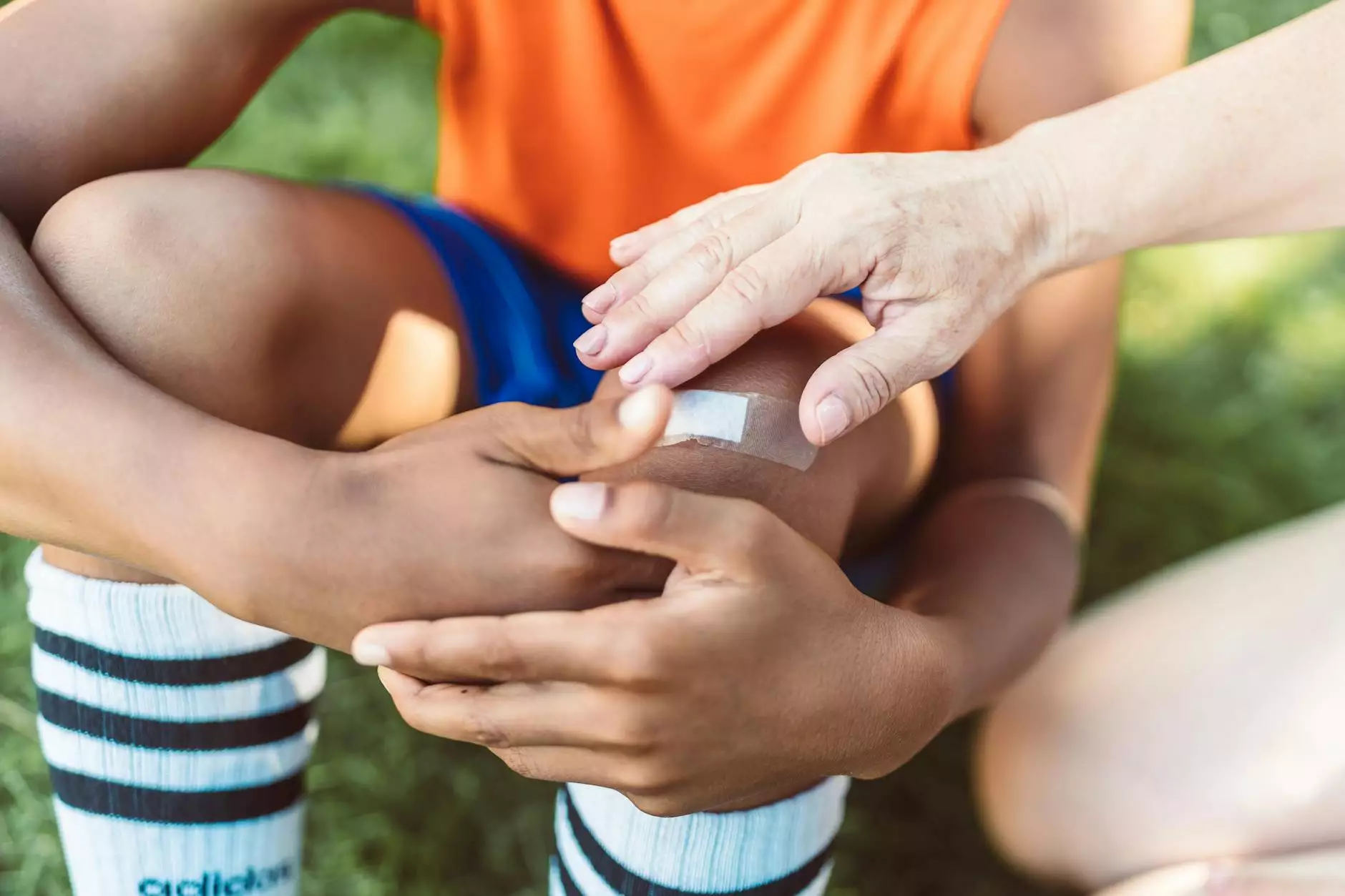Sprained Your Wrist? A Sugar-Tong Splint Might Do The Temporary Trick
Health
The Importance of Treating a Sprained Wrist
A sprained wrist can be a frustrating and painful injury, hindering your everyday activities. Whether it was caused by a fall, sports-related accident, or repetitive motion, it's essential to seek proper treatment to alleviate pain, promote healing, and prevent further complications. One effective method to manage a sprained wrist is through the use of a sugar-tong splint.
Understanding Sugar-Tong Splints
A sugar-tong splint is a commonly recommended orthopedic device used to treat various wrist injuries, including sprains. It provides support, stability, and immobilization to the injured area, allowing the tissues to heal properly. The splint is typically made of lightweight materials like fiberglass or plaster, carefully molded to fit the contours of your forearm and hand.
Benefits of Using Sugar-Tong Splints
Sugar-tong splints offer several benefits when it comes to managing sprained wrists. Firstly, they provide immobilization, limiting the movement of the injured wrist joint and preventing further damage. This promotes proper healing by allowing the injured ligaments and tissues to repair themselves without being subjected to additional stress.
Secondly, sugar-tong splints help reduce pain and swelling associated with sprained wrists. By providing gentle compression, they promote circulation and reduce inflammation, which aids in relieving discomfort. The splints also act as a physical barrier, preventing accidental bumps or knocks to the affected area, further minimizing pain.
Thirdly, sugar-tong splints offer convenience and ease of use. They can be easily adjusted and removed for cleaning or daily activities that do not involve heavy use of the wrist. This flexibility ensures your comfort while facilitating the healing process.
How to Apply a Sugar-Tong Splint
It is crucial to properly apply a sugar-tong splint to maximize its effectiveness. Follow these steps for safe and efficient immobilization:
- Begin by preparing the splinting material. If you are using a fiberglass splint, carefully cut it to the desired length and soak it in water as per the manufacturer's instructions. If using a plaster splint, have the necessary supplies ready.
- Position your forearm in a neutral position, with your wrist in a comfortable and natural alignment.
- Place the splint along the underside of your forearm, ensuring it extends from just below your elbow to the knuckles of your fingers.
- Hold the splint in place with one hand as you wrap an elastic bandage or adhesive tape around the entire splint, securing it firmly but not too tightly. Ensure the bandage is snug to provide support but not restrict blood flow.
- Allow the splint to dry and harden if it is a plaster splint. Follow the specific drying instructions, usually provided by the manufacturer.
- Make sure to regularly inspect the splint for any signs of damage or discomfort. If you experience increased pain, swelling, or numbness, consult a healthcare professional immediately.
Recovery and Rehabilitation
While a sugar-tong splint is an effective temporary solution, it is crucial to engage in appropriate rehabilitation activities once the initial healing phase is complete. Physical therapy exercises, under the guidance of a healthcare professional, can help restore strength, flexibility, and range of motion in your wrist. These exercises may include gentle stretches, resistance training, and gradual incorporation of functional activities.
Preventing Wrist Sprains
To reduce the risk of future wrist sprains, consider the following preventive measures:
- Warm up properly before engaging in physical activities, including stretching your wrists and hands.
- Avoid repetitive motions that place excessive strain on your wrists, or take regular breaks to allow for rest and recovery.
- Use protective equipment, such as wrist guards or braces, if you engage in activities that carry a higher risk of wrist injury, such as contact sports or manual labor.
- Maintain a healthy lifestyle that includes a balanced diet, regular exercise, and adequate rest, as these factors contribute to overall musculoskeletal health.
Your Go-to Lifestyle Resource – Ageless Wisdom Magazine
Ageless Wisdom Magazine is your trusted source for a wide range of lifestyle topics, including health, fitness, wellness, and more. Our team of experts works diligently to provide you with invaluable information and insights, empowering you to make informed decisions about your well-being. Browse through our extensive collection of articles, guides, and resources, and enhance your journey towards a healthier, happier life. Visit Ageless Wisdom Magazine today!




